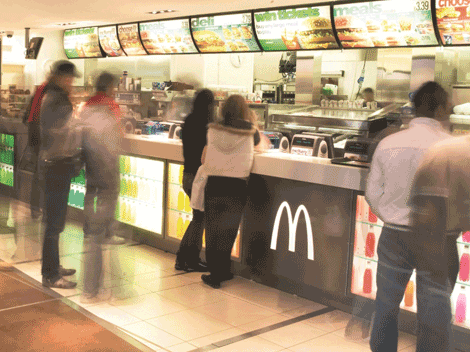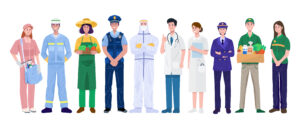McDonald’s shows business case for age diversity
- 3 Min Read
McDonald’s has found that customers and employees are happier where there is a multi-generational workforce.
- Author: Owain Thomas
- Date published: Aug 24, 2016
- Categories

McDonald’s has found that customers and employees are happier where there is a multi-generational workforce.
The fast food restaurant chain questioned almost 1,000 regular customers to understand more about the effects of having a diverse employee demographic.
An overwhelming majority (84%) liked to see a mix of ages in the restaurant team and most (60%) expected better service as a result.
It appears their expectations were met with the majority of those who saw a difference said they preferred the experience and 44% said it created a good atmosphere.
The results supported a 2008 study conducted by Lancaster University for McDonald’s analysing the value of older workers to the business.
It found that overall levels of customer satisfaction were statistically significantly higher in those restaurants with one or more mature employees.
Employee approval
 A survey of over 32,000 of McDonald’s own UK employees revealed that the results also held for staff members.
A survey of over 32,000 of McDonald’s own UK employees revealed that the results also held for staff members.
Those who worked with a cross-section of ages were 10% happier than colleagues who worked only with their peer group.
“Now for the first time, we have quantified the impact of not only the oldest workers within our business, but the full age span of people and the benefits of them working side-by-side as part of a multigenerational workforce,” said McDonald’s UK chief people officer Claire Hall (pictured).
“We found the benefits to be far-reaching. Our people are happier in their jobs and our customers report a better restaurant experience when different generations are working together. As life expectancy continues to rise and increasing numbers of older people choose to work later in life, the potential for a multigenerational workforce becoming the norm presents a significant opportunity for UK plc.
“I hope that our research gives employers food for thought and encourages them to recognise the very real possibilities of multigenerational workforces,” she added.
Why BT is overhauling its major change processes to prioritise employee health
Diverse population
McDonald’s also surveyed 5,000 people representing each of the five working generations to explore attitudes among potential future employees.
Adults of all ages are wanted to be part of a multigenerational workforce, with the opportunity to work with people of different ages being the top priority for more than half of all respondents (58%).
This was particularly important for older people born between 1900 and 1964 (67%), as well as 16-year olds (57%).
The majority (70%) of the population also expected to work with people who had different life experiences and views of the world.
Hall added that despite growing numbers of older and younger workers, the value of a multigenerational workforce to business was little understood.
“As these insights show, teams that bring together a mix of people of different ages and at different life stages are fundamental to creating a happy and motivated workplace and to delivering a great customer experience.
“The age range of our people at McDonald’s now spans an incredible 75 years. Diverse and committed restaurant teams will remain at the heart of our business and I hope other employers will recognise the benefits,” she added.
Interview: Sir Clive Woodward on leadership, people management and team culture









